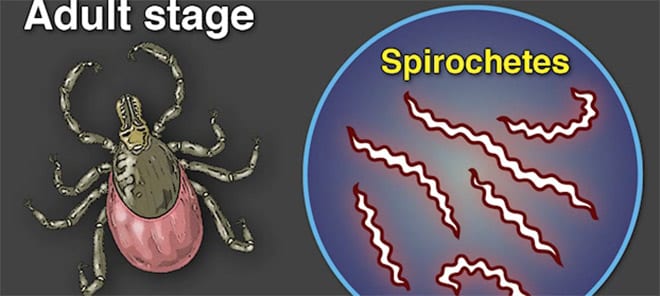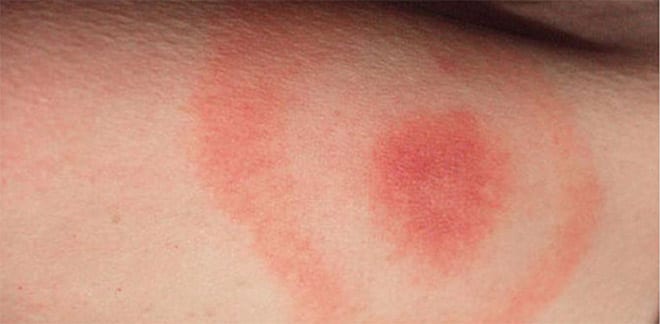
Borrelia species discovered: borrelia mayonii
The Lyme disease is one of the most difficult diseases to overcome and in some patients it seems to spread even after appropriate treatment for the disease. A new study has revealed that long-term antibiotic use could make patients' health worseThe study found that many volunteers in that study developed side effects.
And apparently these side effects are not something to be taken lightly, as many patients ended up being transferred to hospital for respiratory failure, among other symptoms. According to a Dutch research paper published in the New England Journal of Medicine, the study found no differences between the three treatment groups tested.

Now researchers are puzzled by the fact that there is no indicator of whether the disease is chronic or not.. This means that people with the Lyme disease may require treatment for months or even years. The International Association for Lyme and Associated Diseases (ILADS) describes the Lyme disease as a disease that requires long-term treatment for an indefinite period of time, but others claim otherwise.
This is the case of its rival and competitor, the Infectious Diseases Society of America (IDSA), which claims that the disease only needs 2-4 weeks of treatment for the patient to fully recover. However, the study conducted in the Netherlands suggests that treatment, long or short, leads to serious adverse effects from taking antibiotics.
The bacterium known as Borrelia burgdorferi has been credited with causing Lyme disease, which is transmitted by the bite of a blacklegged tick, according to the Center for Disease Control. But in work by the Mayo Clinic and official health institutions in Minnesota, Wisconsin and North Dakota, the researchers discovered a new bacterium called Borrelia mayoniiThe US Centers for Disease Control and Prevention (CDC) said in a statement.
Symptoms of Lyme disease can cause fever, headache, rash and neck pain within days of infection, and within weeks, it can cause arthritis, nausea, vomiting, diffuse rashes and an increased concentration of bacteria in the blood. Although several types of bacteria are known to cause the disease worldwide, until now Borrelia burgdorferi was the only type known to infect humans in North America.
According to the Center for Disease Control, more than 300,000 cases of Lyme disease are diagnosed in the course of a year.
The new bacteria mimic the symptoms of Borrelia burgdorferi when the infection starts to develop, but later on, the new bacteria trigger more severe symptoms.. So far, researchers can only consider new bacteria in the upper Midwest region of the United States. The Dutch-led study could help researchers test more "treatments in order to develop a successful treatment that does not endanger the health of Lyme disease patients.
Borrelia mayonii. Symptoms
Borrelia mayonii and borrelia burgdorferi cause fever, headache, rash and neck pain soon after infection, and arthritis a few weeks later. "Unlike B. burgdorferi, however, B. mayonii is associated with nausea and vomiting, diffuse skin rashes (instead of a single rash called 'erythema migrans'), and a higher concentration of bacteria in the blood"said the CDC.

"The newly recognised species was discovered when it was found that six out of approximately 9,000 samples taken from the residents of Minnesota, Wisconsin and North Dakota with suspected Lyme disease between 2012 and 2014 contained bacteria that were genetically distinct from borrelia burgdorferi."
"To date, the evidence suggests that the distribution of B. mayonii is limited to the upper Midwest of the United States.. The new species was not identified in the approximately 25,000 blood samples from residents of 43 other states with tick-borne disease collected during the same period, including states in the northeast and Mid-Atlantic region, where Lyme disease is common," the CDC added.
There is now a tendency for chronic Lyme disease physicians to perform a antifungal treatmentThis activates the patient's immune system and eliminates the multitude of toxins generated by Borrelia and its companions, always based on Biological and Integrative Medicine.

